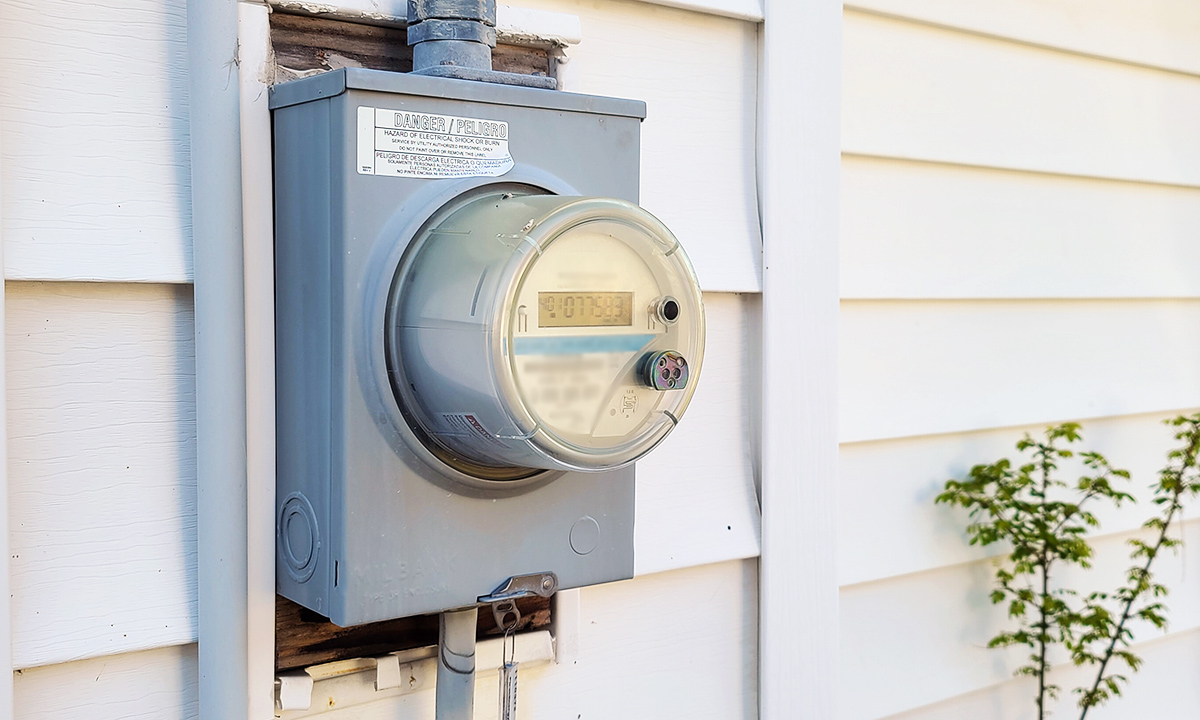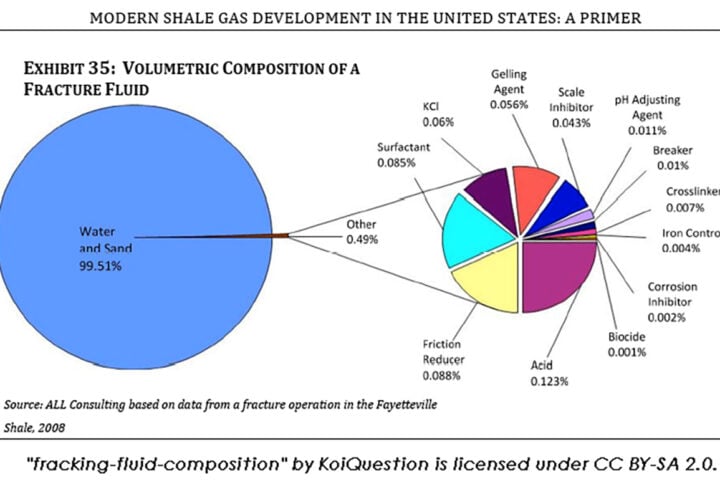HARRISBURG – With many utilities, including all Pennsylvania Public Utility Commission regulated electric utilities, adjusting their energy supply prices on Dec. 1, the PUC encourages consumers to understand those changes and explore opportunities to reduce energy usage and manage winter energy bills.
“While consumers cannot control winter weather, they can explore #SaveInPA opportunities to cut the size of higher seasonal bills – including shopping with competitive suppliers and reducing energy usage in their homes and businesses,” the PUC said in a release.
Understand How Energy Price Changes Impact Your Bill
The cost of energy used – either electricity or natural gas – during winter months can account for more than half of a typical customer’s bill, so consumers should understand the two major parts of their monthly electric or natural gas bills:
Generation/supply charge – This charge covers the cost of the energy (electricity or natural gas) used during the month – and this charge is influenced by whether a customer chooses to “shop” for their energy. The energy cost for this portion of the bill is determined by a consumer’s contract with a competitive supplier or, for consumers who do not shop, the utility’s “Price to Compare” (PTC).
Delivery/distribution charge – This charge includes the cost for the operation and maintenance of the poles, wires, pipelines and other infrastructure that delivers energy to your home or business. This portion of your monthly bill supports your local utility. Consumers may not shop for energy delivery/distribution services.
It is important for every utility customer to understand that they are paying for energy supply costs, either through default service from their utility or a contract with a competitive energy supplier.
Electric – Dec. 1 PTC Adjustments for Residential Customers
All Pennsylvania regulated electric utilities are adjusting their PTCs on Dec. 1 for residential non-shopping customers. The PTC averages 40% to 60% of the customer’s total utility bill. However, this percentage varies by utility and by the level of individual customer usage.
Beginning Dec. 1, electric distribution companies report the following changes in their PTCs for residential customers:
- Citizens’ Electric, decrease from 13.333 cents to 10.966 cents per kWh (-18%);
- Duquesne Light, decrease from 11.45 cents to 10.46 cents per kWh (-8.6%);
- Met-Ed, increase from 10.24 cents to 11.306 cents per kWh (10.4%);
- PECO, decrease from 9.672 cents to 8.917 cents per kWh (-7.8%);
- Penelec, increase from 9.703 cents to 10.607 cents per kWh (9.3%);
- Penn Power, increase from 10.556 cents to 11.231 cents per kWh (6.4%);
- Pike Co. Light & Power, increase from 7.3005 cents to 8.67 cents per kWh (18.8%);
- PPL, decrease from 12.126 cents to 11.028 cents per kWh (-9%);
- UGI Electric, decrease from 12.128 cents to 10.26 cents per kWh (-15.4%);
- Wellsboro Electric, decrease from 12.393 cents to 9.206 cents per kWh (-25.7%); and
- West Penn Power, increase from 9.929 cents to 10.001 cents per kWh (1%).
In purchasing electricity for default service customers, the PUC said that electric utilities are required to meet a “prudent mix” requirement of spot market, short-term, and long-term purchase contracts. Plus, over time, the utilities must procure energy at the least possible cost to customers.
However, the Commission does not regulate prices for the generation portion of electric bills. Generation prices are separate from the closely regulated rates that utilities charge for their distribution services – the delivery of electricity to homes and businesses.
Business Customers
For small business customers, the PUC said that most EDCs are also adjusting their PTCs on Dec. 1 in their small Commercial and Industrial rate classes. Among the state’s major EDCs, price changes in default service rates for small businesses will vary – ranging from PTC increases in the FirstEnergy service territories (Met-Ed, Penelec, Penn Power and West Penn Power) between 1% to 10% to an anticipated decrease of nearly 9% for small business customers in the Duquesne Light service territory.
Natural Gas – Purchased Gas Costs and PTC Changes for Residential Customers
Many of Pennsylvania’s natural gas distribution companies have also adjusted their PTCs this fall for non-shopping customers. Similar to electric, the PTC averages 40% to 60% of the customer’s total utility bill, with the percentage varying by NGDC and by the level of individual customer usage.
The following NGDCs report PTC changes for residential customers:
- Columbia Gas of PA, decrease from $0.46849 to $0.2881 per therm (-38.5%);
- National Fuel Gas, increase from $0.30959 to $0.3674 per Ccf (18.6%);
- PECO, decrease from $0.54211 to $0.3852 per Ccf (-28.9%);
- Peoples Natural Gas Co., increase from $1.2337 to $3.08 per Mcf (149%);
- Peoples Gas Co. LLC, increase from $1.2337 to $3.08 per Mcf (149%);
- UGI Utilities, decrease from $0.7761 to $0.45335 per Ccf (-41.6%); and
- Valley Energy, decrease from $0.94342 to $0.33758 per Ccf (-64.2%).
The PUC said that while seasonal natural gas prices for some utilities have risen in recent weeks, overall purchased gas prices in Pennsylvania are 9% to 65% lower than they were at this time last year – reducing the impact on this year’s winter heating bills.
Regulated natural gas utilities are subject to a least-cost natural gas purchasing requirement. Every natural gas utility company is routinely audited by the PUC to ensure the purchased gas costs they are passing on to their customers reflect the costs the company paid and that every effort was made to purchase the natural gas for the least possible price.
#SaveInPA – Energy Shopping Options
In most areas of Pennsylvania, consumers can choose who supplies their electricity – based on price or other factors, such as renewable energy – as well as who supplies their natural gas. Competitive offers may not be available in all areas.
The PUC’s energy shopping websites – PAPowerSwitch.com and PAGasSwitch.com – currently reflect benefits for consumer energy costs, depending on their utility service territory. Both websites provide residential and small business energy shoppers with valuable information on how to shop for supply services – enabling consumers to quickly compare offers from competitive suppliers against the default service rates from their local utilities and learn more about switching to a competitive supplier, or returning to default service, should they choose.
Standard Offer Program
As another alternative for default service customers not participating in the competitive electricity market, Pennsylvania’s regulated utilities offer a voluntary Standard Offer Program – providing those customers with the option of receiving service from a competitive supplier at a fixed price that is 7% below the utility’s current PTC. The SOP price is fixed for one year and can be canceled by the customer at any time with no early cancellation or termination fees.
Consumers should contact their utility or visit their utility’s website for more information or to enroll in an SOP.
Understand the Impact of Winter Weather
Energy usage is a key factor in the size of winter energy bills, and there are many ways that consumers can control that usage. Energy-saving tips include:
Pay attention to the thermostat – Every degree you raise or lower the temperature could impact energy costs by up to 3%. Also, consider a programmable thermostat to automatically lower temperatures while you are away from home.
Have your furnace serviced – Regular furnace maintenance along with clean air filters help ensure the efficient operation of your heating system.
Insulate and seal leaks around your home – Adding insulation, installing storm windows and doors, and sealing cracks and air leaks can help you stay warmer and use less energy.
Install or repair ceiling fans in high-traffic rooms – Many people can reverse the direction of ceiling fans to clockwise to produce an updraft and move warmer air near the ceiling downward, keeping the room and you warmer.
Consider resetting your water heater thermostat – Water heaters are the second highest source of energy usage in the home, and many people have the thermostat on their water heater set too high. Setting the temperature on your water heater a few degrees cooler can help save money on your energy bills.
For struggling households already impacted by higher energy costs as winter sets in, the PUC continues to encourage them to contact their utility provider. Direct conversations between customers and utilities are the best “first step” in addressing outstanding bill balances and discussing utility assistance programs.
































